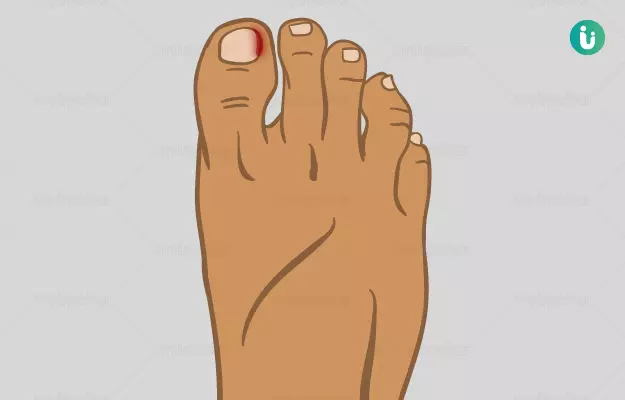The way you cut your toenails decides a lot about the fate of your growing nails. If you taper the corner of the toenail deliberately while cutting, you are giving room to ingrown nails.
These are nails that curl down from their corner and penetrate the skin, leading to immense discomfort and pain.
They may appear red, swollen and tender to touch and have a tendency to get infected, leading to pus discharge and in severe cases shivering. In fact, ingrown toenails may sometimes be so distressing that they need surgical interventions. But don’t worry that is a rare case and most commonly this condition can be treated at home with some pampering and care.
If you too are personally victimised by your own carelessness and are looking for remedies to get relief, read on to know some evidence backed options. You will also get to know tips to prevent ingrown nails.
















